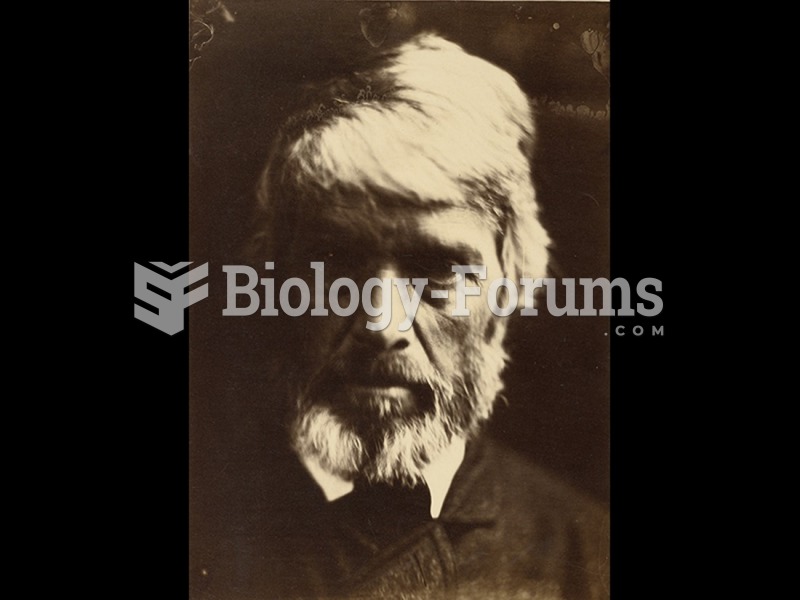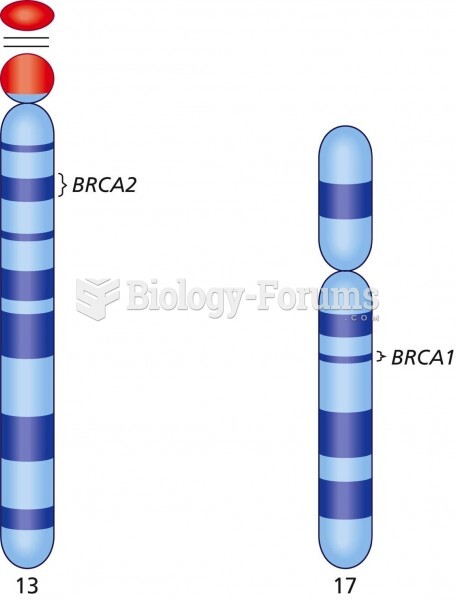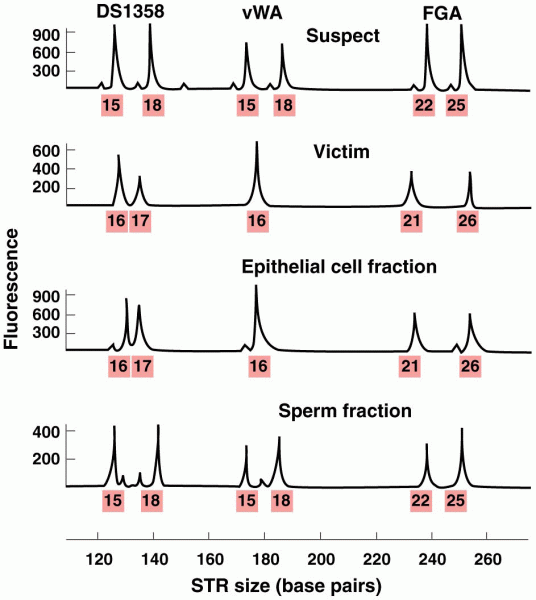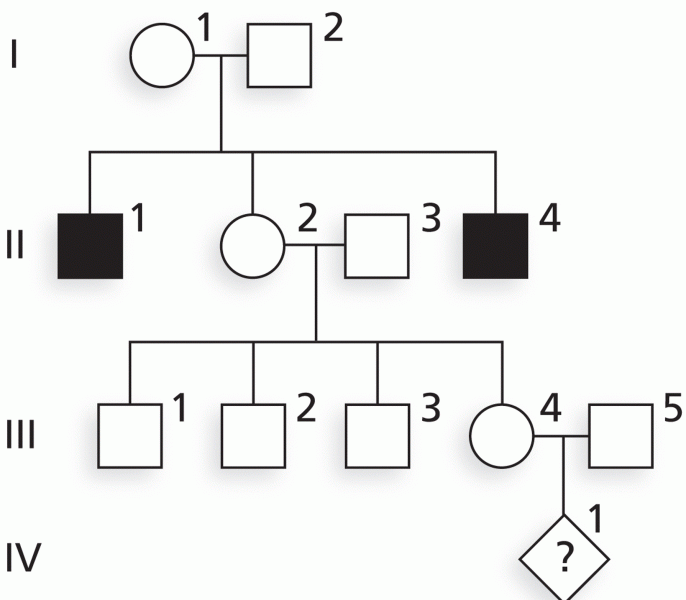|
|
|
There can actually be a 25-hour time difference between certain locations in the world. The International Date Line passes between the islands of Samoa and American Samoa. It is not a straight line, but "zig-zags" around various island chains. Therefore, Samoa and nearby islands have one date, while American Samoa and nearby islands are one day behind. Daylight saving time is used in some islands, but not in others—further shifting the hours out of sync with natural time.
The Babylonians wrote numbers in a system that used 60 as the base value rather than the number 10. They did not have a symbol for "zero."
Blood in the urine can be a sign of a kidney stone, glomerulonephritis, or other kidney problems.
The average adult has about 21 square feet of skin.
This year, an estimated 1.4 million Americans will have a new or recurrent heart attack.






